
Copernical Team
Paris Air Show 2023 in pictures - Day 5
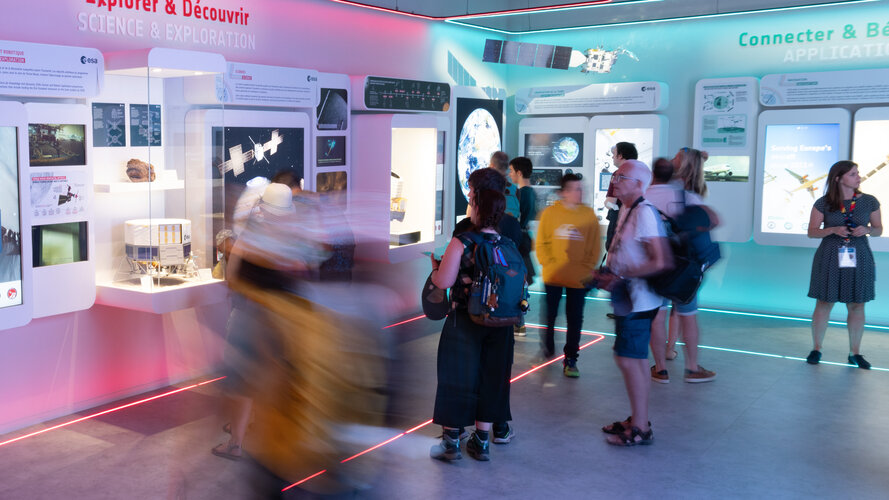
After four intensive days of panels and sessions dedicated to professionals and trade visitors, starting today ESA/CNES pavilion will be hosting a variety of events dedicated to students and general public.
Click the link here to view the full programme of events being held in the ESA-CNES shared area. The public days will take place from Friday to Sunday 23, 24 and 25 June.
Week in images: 19-23 June 2023

Week in images: 19-23 June 2023
Discover our week through the lens
Full ignition for ESA’s reusable rocket engine
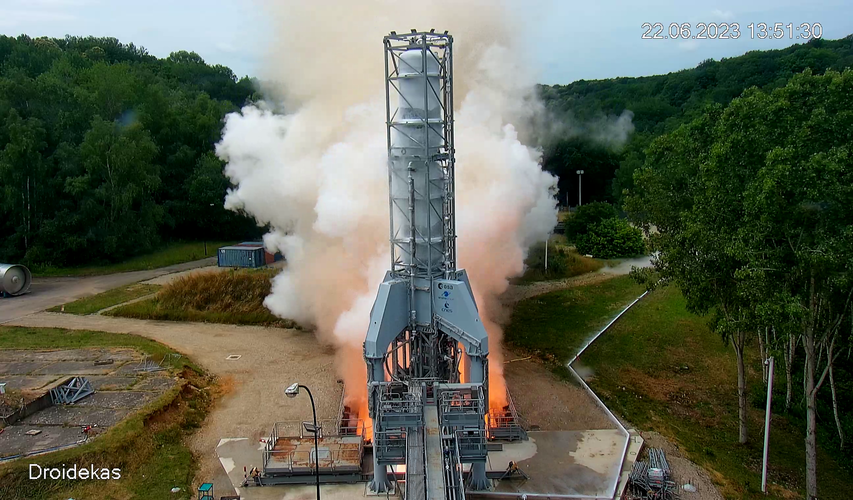
Work to develop a reusable engine for European rockets is progressing, with full ignition of an early prototype of Prometheus. These images were taken on 22 June 2023 at ArianeGroup’s test facility in Vernon, France during a 12-second burn.
Earth from Space: Tashkent, Uzbekistan
 Image:
The Copernicus Sentinel-2 mission takes us over Tashkent, the capital city of Uzbekistan.
Image:
The Copernicus Sentinel-2 mission takes us over Tashkent, the capital city of Uzbekistan. ESA tests multi-orbit connectivity
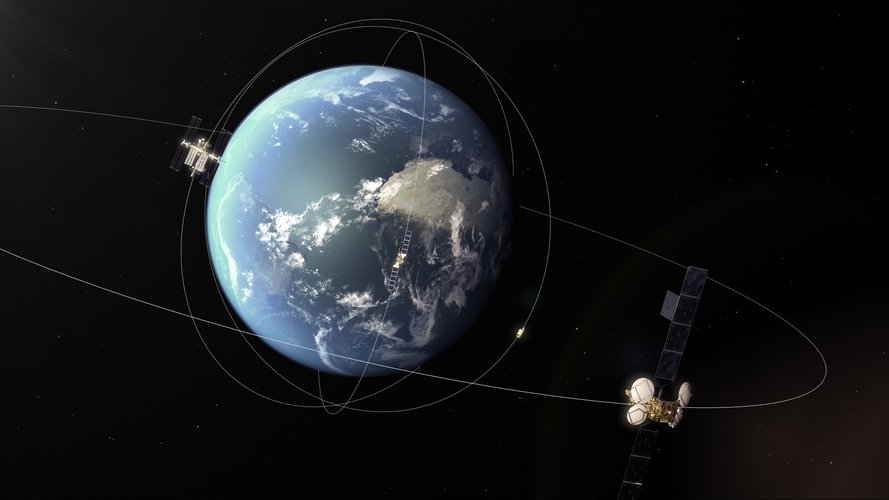
Engineers have communicated via video link using connectivity delivered by 5G terrestrial networks and a combination of satellites in different orbits, as part of an experiment led by ESA’s 5G/6G Hub.
How to follow the Euclid launch live
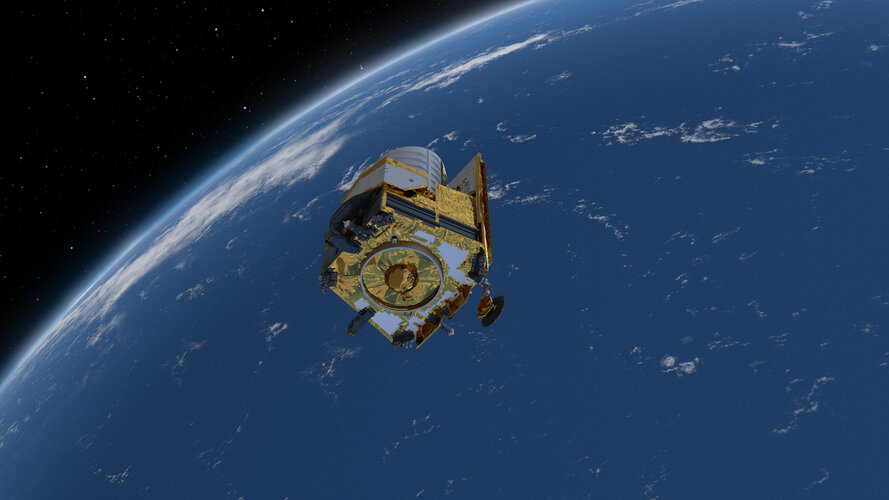
ESA will be broadcasting live as the Euclid space telescope, which will explore the dark Universe, is targeted to launch on a SpaceX Falcon 9 rocket from Cape Canaveral in Florida, USA, at 11:11 local time / 15:11 UTC / 17:11 CEST on Saturday 1 July 2023. A back-up launch date of Sunday 2 July 2023 is foreseen.
Here’s how to follow the launch online.
All times CEST. Times subject to change at short notice
First view of Ariane 6 on launchpad
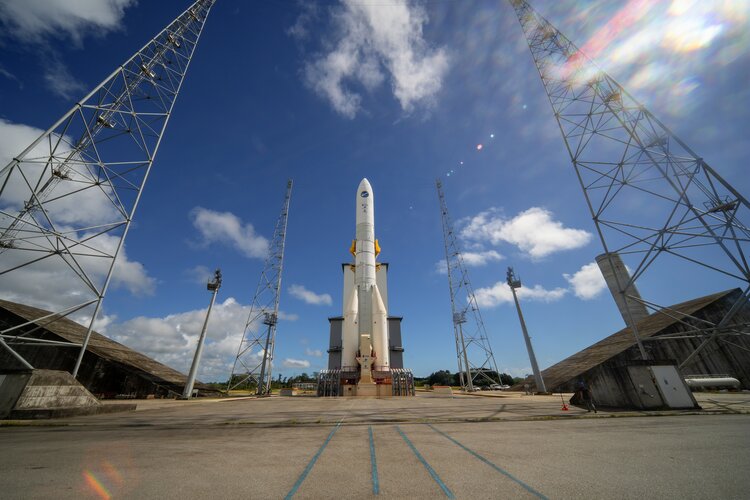
ESA’s new Ariane 6 launch system is being prepared for a round of engine fire tests – with removal of the mobile building that protects the rocket while it sits on the launch pad at Europe’s Spaceport in French Guiana.
A new mission will grab dead satellites and push them into the atmosphere to burn up
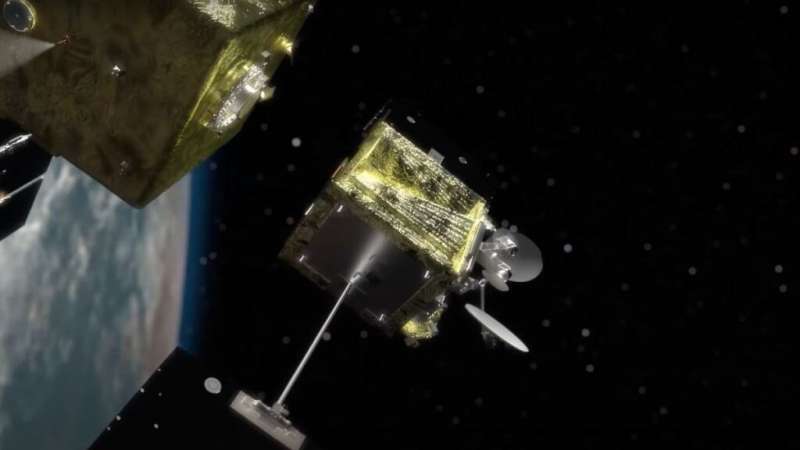
Plenty of news stories have focused on the danger posed by Kessler syndrome. In this condition, space is made inaccessible by a cloud of debris surrounding our planet that would destroy any further attempts to get into orbit. Therefore, plenty of companies have sprung up to take care of the problem, from blasting derelict satellites with lasers to helping to refuel them—lots of business models have been created to capture this opportunity.
One of the farthest along is Astroscale. This British start-up is tackling the problem with one of the more conventional techniques—linking up with an existing satellite to deorbit it. And recently, they released a promotional video for their new project—the ELSA-M.
ELSA-M, which stands for End of Life Services by Astroscale-Multiple, is designed to couple with an existing satellite, force it into a lower orbit, and make it reenter more quickly. It will be the first satellite to boost itself up to another orbit for a second rendezvous and deorbit that second satellite as well.
Video: BepiColombo's third Mercury flyby
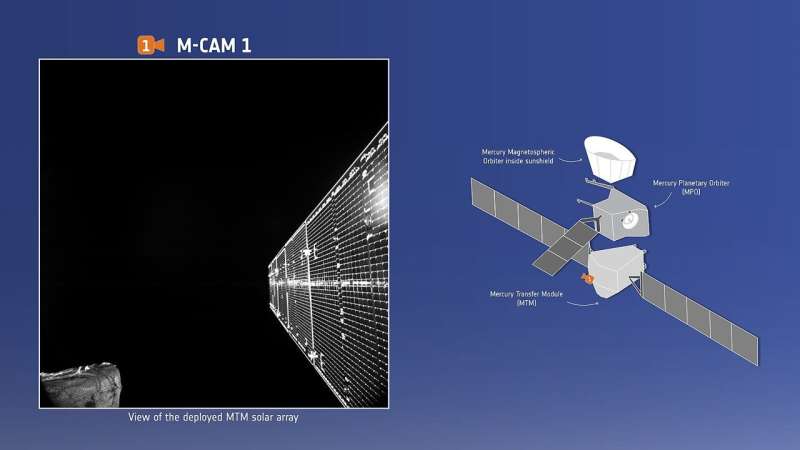
Watch Mercury appear from the shadows as the ESA/JAXA BepiColombo spacecraft sped by the planet's night side during its 19 June 2023 close flyby, and enjoy a special flyover of geologically rich terrain.
In the first part of the movie, composed of 217 images captured by BepiColombo's monitoring camera M-CAM 3, the planet's illuminated side quickly appears in the spacecraft's field of view, showing off a bounty of geological features on its surface. The planet's terminator—the divide between day and night—becomes more distinctive from afar, adding to the beauty of the image sequence. At one point Mercury momentarily appears to hang between the spacecraft's body and antenna before the spacecraft speeds away.
The image sequence starts from 19:46:25 UTC on 19 June 2023, at an altitude of 1,789 km above the planet's surface, and ends at 20:34:25 UTC on 20 June 2023, when BepiColombo was 331,755 km away.
Relay system speeds vital data flow with 75,000 links
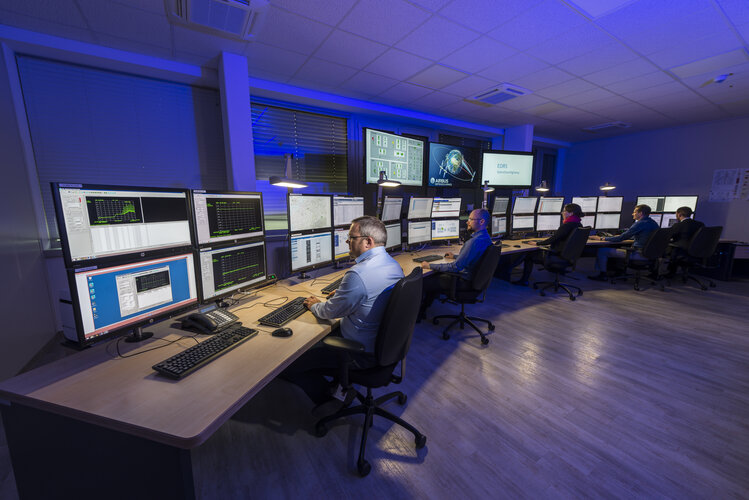
Life-saving data that enables European governments to respond rapidly to crises is flowing swiftly from space to Earth, thanks to the most sophisticated space-based laser communication network ever built.

